Search Results
Filters
Advanced Search
2175 Results
-
Formal Apps Take the Bias Out of Functional Verification
Resource (Paper (.PDF)) - Mar 13, 2019 by Bill Au
When we spend hours, days, or even weeks putting our hearts and minds into creating something, we have a tendency to emphasize its strengths and minimize its weaknesses. This why verification engineers have a blind spot for their own verification platforms. This blindspot, or bias, often leads to overlooking those areas where bugs may lurk, only to emerge at the worst possible time when errors are most costly and take longer to fix.
-
The Big Brain Theory: Visualizing SoC Design and Verification Data
Resource (Paper (.PDF)) - Feb 28, 2019 by
-
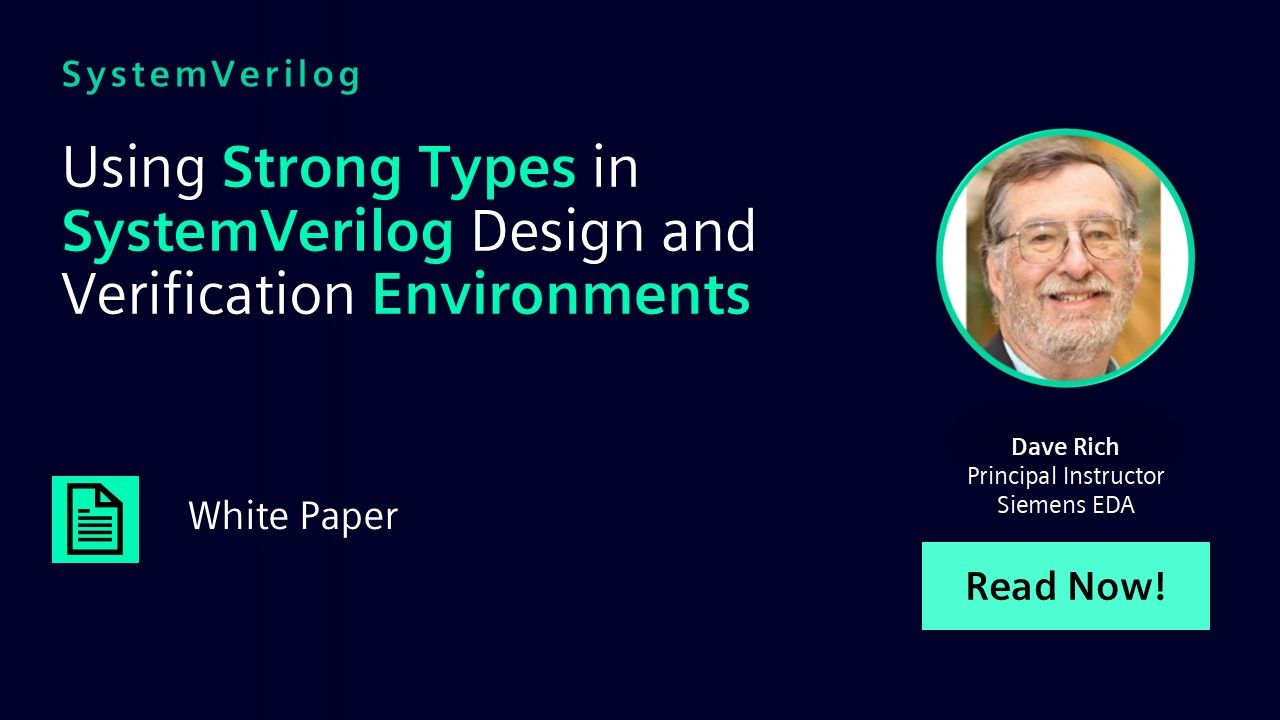
Using Strong Types in SystemVerilog Design and Verification Environments
Paper - Feb 28, 2019 by Dave Rich
One of the classic debates in computer science is whether a language should have a strongly-or weakly-typed data system. A strongly-typed language does not allow operations on data that are of incompatible types. Having strong types, as in VHDL, helps define intent and avoid errors, but is much more verbose.
-

Efficient Modeling Styles and Methodology for Gate-Level Design Verification
Paper - Feb 28, 2019 by Rohit Jain
In this paper, we will discuss the various methodologies and flows available for gate-level timing simulations and the scenarios that each flow is suitable for. This will help designer/validation engineers understand what these flows mean and make informed decisions when setting up a gate-level validation process; such as, what different timing modes (zero delay, unit delay, negative delay, etc.) should be used under what circumstances.
-
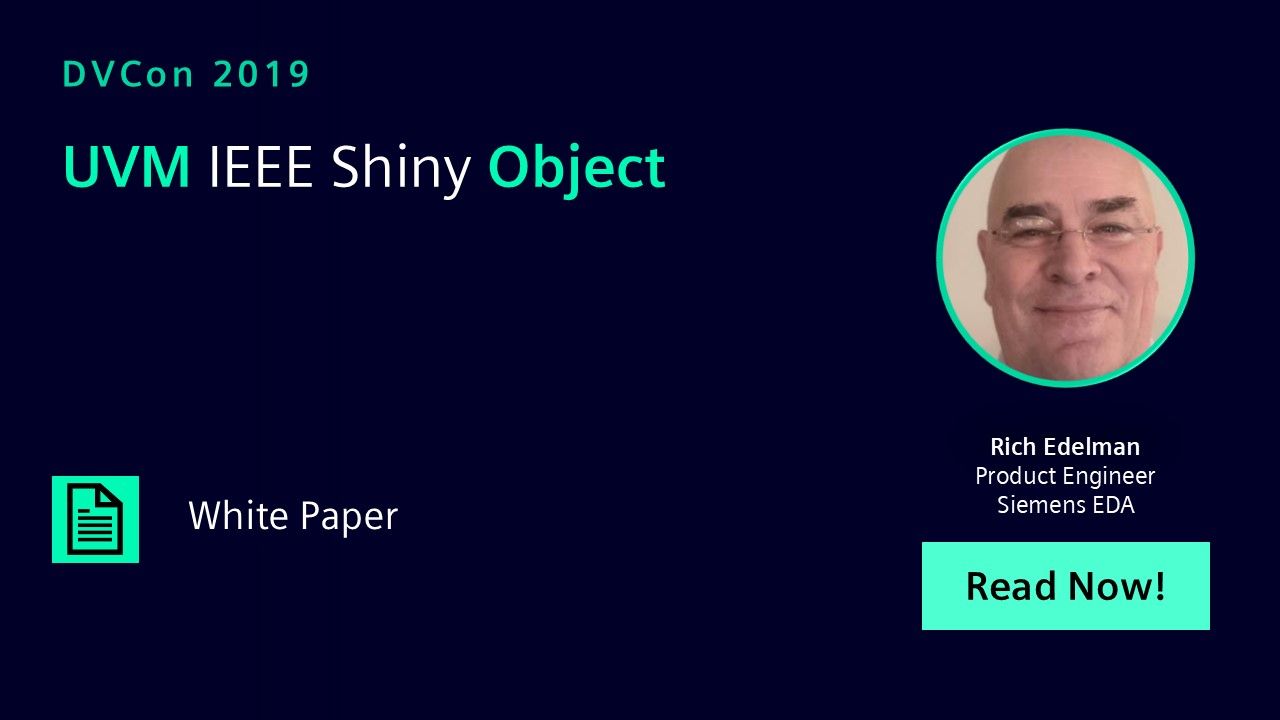
UVM IEEE Shiny Object
Paper - Feb 28, 2019 by Rich Edelman
This paper is part history and background; part performance analysis; part UVM development archeology; part testbench architecture; and part pining for a future of stability and simplification for verification engineers. It shares tips for creating a useful report server, or replacing the factory, or installing a new core service. It also discusses improvements to debug for the configuration database that continue to be needed after many years.
-
Efficient Modeling Styles and Methodology for Gate-Level Design Verification
Resource (Paper (.PDF)) - Feb 28, 2019 by Rohit Jain
The exploding complexity of IC systems have contributed to the increase in challenges to verifying these designs. It is not uncommon to find designs that contain anywhere from a few million gates to hundreds of millions of gates, straining the limits of functional verification based on traditional simulation technologies.
-
UVM IEEE Shiny Object
Resource (Paper (.PDF)) - Feb 28, 2019 by Rich Edelman
This paper is part history and background; part performance analysis; part UVM development archeology; part testbench architecture; and part pining for a future of stability and simplification for verification engineers.
-
The Missing Link: The Testbench to DUT Connection
Resource (Paper (.PDF)) - Feb 28, 2019 by Dave Rich
This paper focuses on several methodologies used in practice to connect the testbench to the DUT. The most common approach is the use of SystemVerilog’s virtual interface. This is so common that people fail to investigate other methodologies that have merit in certain situations. The abstract class methodology has been presented before, but still seems to have barriers to adoption.
-

The Missing Link: The Testbench to DUT Connection
Paper - Feb 28, 2019 by Dave Rich
In recent years, there has been a lot of attention given to Object Oriented Programming, Constrained Random and Coverage Driven Verification with SystemVerilog. The various openly available verification methodologies have put a lot of effort into explaining how to use these technologies within the testbench.
-
Comprehensive CDC Verification Using Advanced Hierarchical Data Models
Resource (Paper (.PDF)) - Feb 28, 2019 by Ping Yeung
In this paper, we describe the hierarchical data model (HDM), which is the backbone of the Questa CDC hierarchical verification solution. The HDM is equivalent to an abstract CDC model of the IP that captures the CDC intent of the block along with its integration rules. It is a generic data model that can be seamlessly reused across releases and across designs wherever the IP is reused. It can also be a performance efficient alternative to the traditional flat CDC verification flow.
-

Comprehensive CDC Verification Using Advanced Hierarchical Data Models
Paper - Feb 28, 2019 by Ping Yeung
To help understand the importance and impact of the HDM-based hierarchical CDC flow, we will begin with a review of the existing hierarchical CDC verification methodologies. Then, we will present the improvements of the HDM-based hierarchical CDC flow and highlight its capability for verifying reconvergence of CDC paths on complex SoCs.
-
Clock-Domain Crossing (CDC) Challenges in Latch Based Designs
Resource (Paper (.PDF)) - Feb 28, 2019 by Kurt Takara
This paper describes the challenges in CDC analysis for latch-based designs and a systematic approach to handle latches that are not enabled by clock signals.
-

Clock-Domain Crossing (CDC) Challenges in Latch-Based Designs
Paper - Feb 28, 2019 by Kurt Takara
This paper describes the challenges in CDC analysis for latch-based designs and a systematic approach to handle latches that are not enabled by clock signals. It also presents the results and insights of latch-based crossings for several industrial scale designs.
-
Low Power Apps: Shaping the Future of Low Power Verification
Resource (Paper (.PDF)) - Feb 28, 2019 by
-
Formal Techniques for Optimizing ISO 26262 Fault Analysis
Resource (Paper (.PDF)) - Feb 28, 2019 by Doug Smith
The automotive safety standard, ISO 26262 [1], states that safety analyses on hardware designs should include Failure Mode and Effects Analysis (FMEA). Hardware architectural metrics are required to assess the adequacy of the safety mechanisms and their ability to prevent faults from reaching safety critical areas. A process of fault analysis that includes fault injection is crucial for measuring and verifying the assumptions of the FMEA.
-
Using Strong Types in SystemVerilog Design and Verification Environments
Resource (Paper (.PDF)) - Feb 28, 2019 by Dave Rich
-
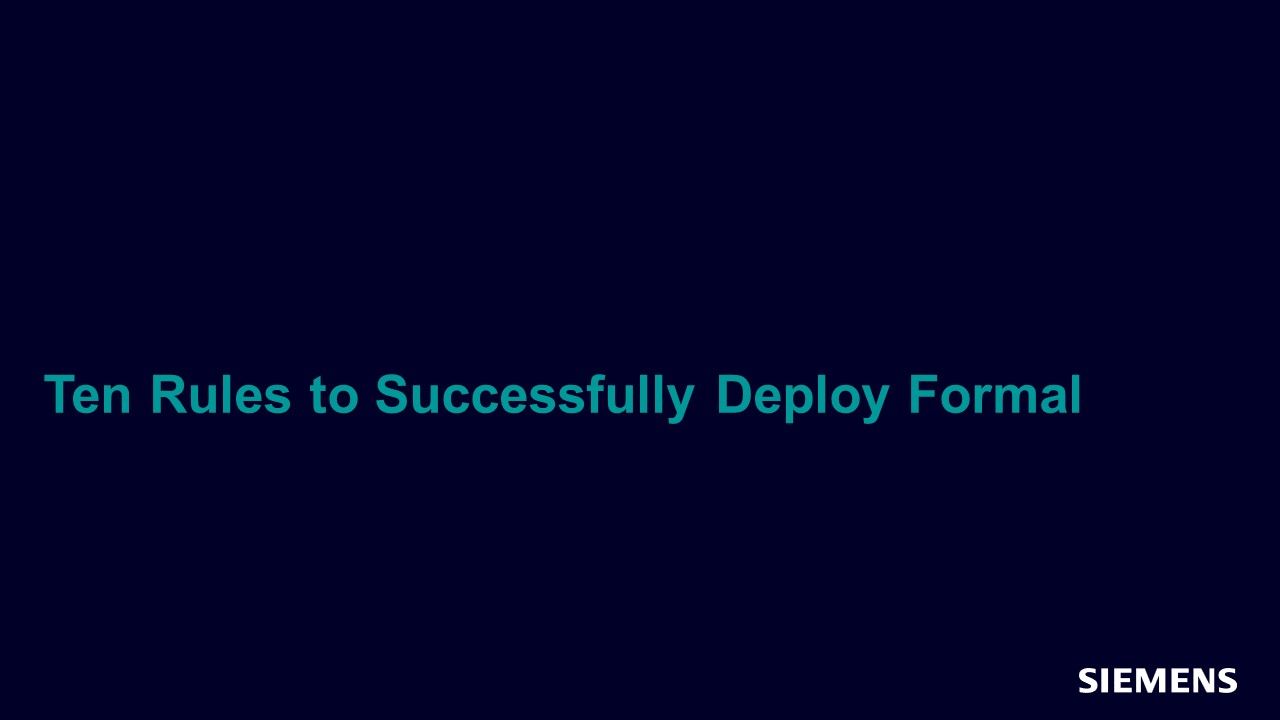
Ten Rules to Successfully Deploy Formal
Article - Feb 25, 2019 by Dr. Ashish Darbari
About four years ago I gave a couple of talks on the myths surrounding formal. Although, formal has seen more adoption since then, we have a long way to go before it is recognized as a mainstream technology used throughout design and verification. I still see some of these myths clouding the judgement of end users and their managers.
-
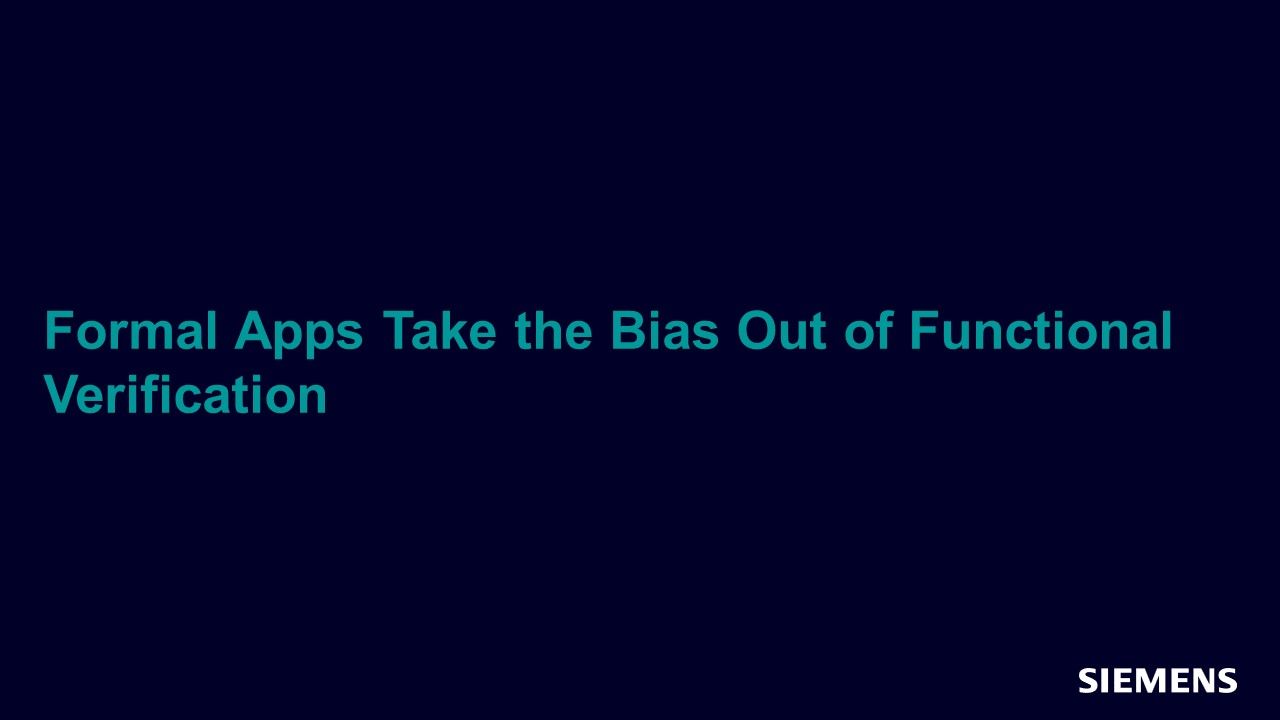
Formal Apps Take the Bias Out of Functional Verification
Article - Feb 25, 2019 by Bill Au
When we spend hours, days, or even weeks putting our hearts and minds into creating something, we have a tendency to emphasize its strengths and minimize its weaknesses. This is why verification engineers have a blind spot for their own verification platforms. This blind spot, or bias, often leads to overlooking those areas where bugs may lurk, only to emerge at the worst possible time when errors are most costly and take longer to fix.
-
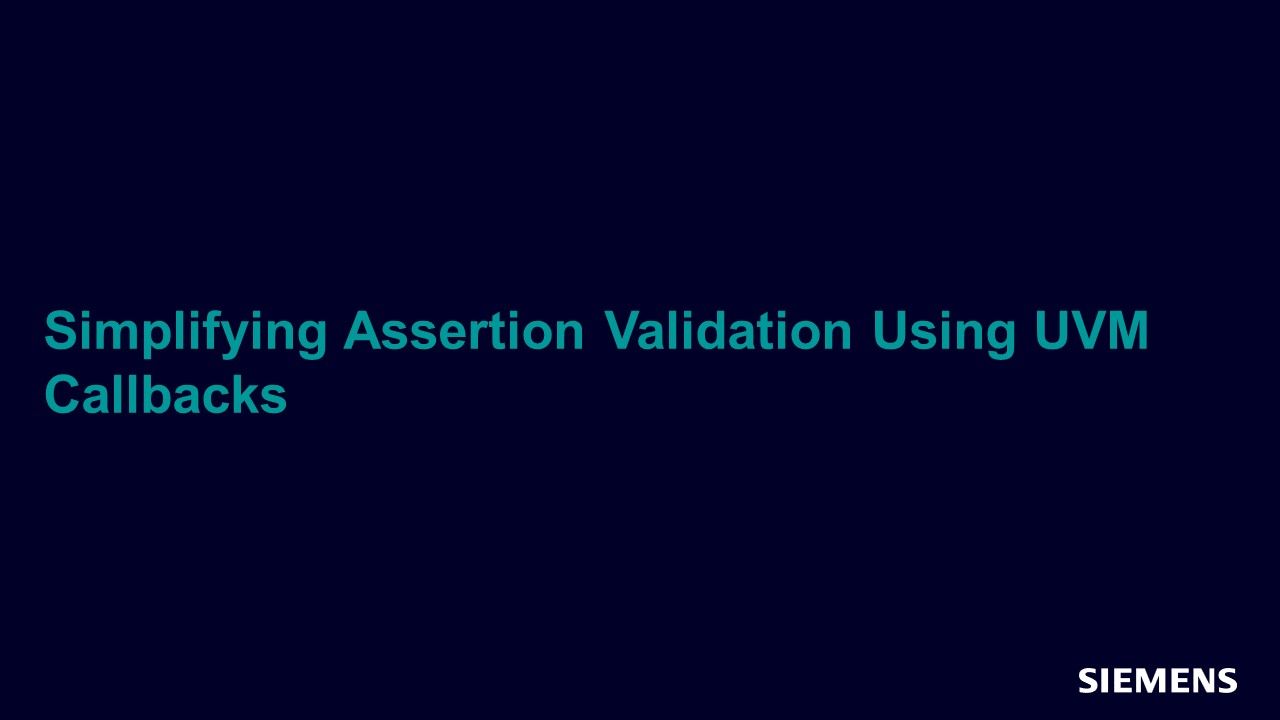
Simplifying Assertion Validation Using UVM Callbacks
Article - Feb 25, 2019 by Arushi Jain - Siemens EDA
An assertion is a conditional statement that indicates the incorrect behavior of a design by flagging an error and thereby catching bugs. Assertions are used for validating a hardware design at different stages of its life-cycle, such as formal verification, dynamic validation, runtime monitoring, and emulation.
-
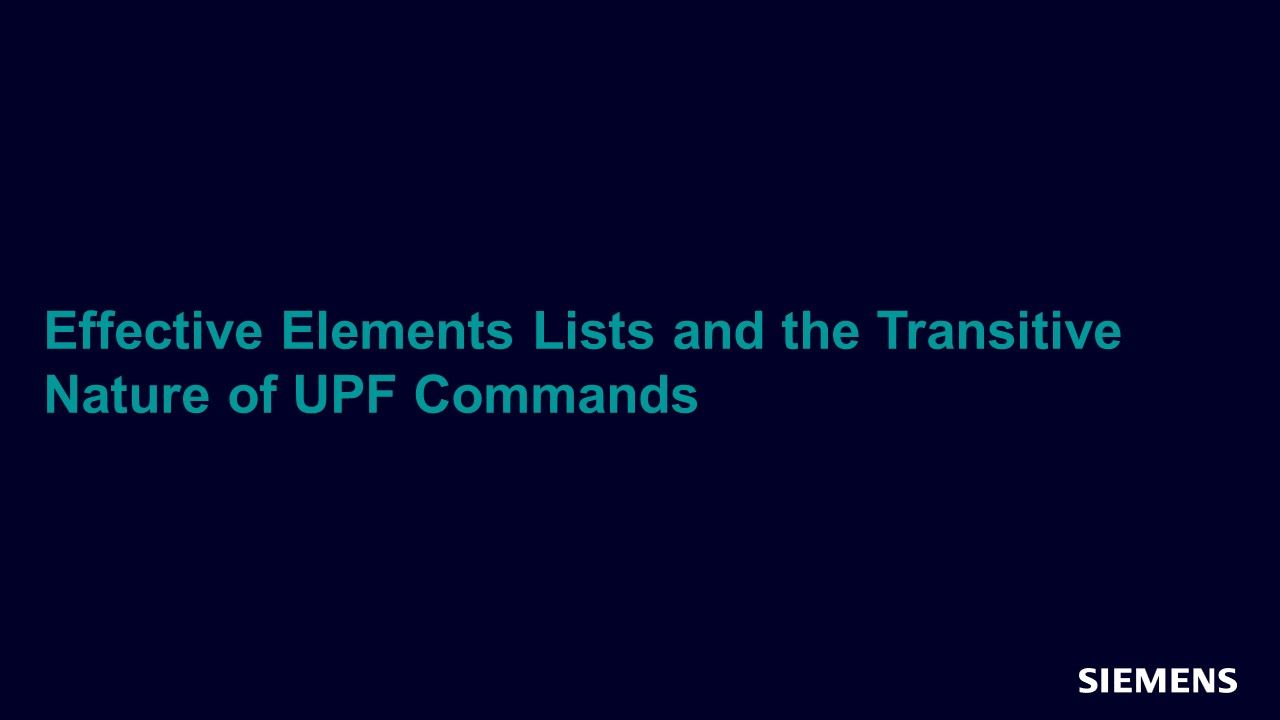
Effective Elements Lists and the Transitive Nature of UPF Commands
Article - Feb 25, 2019 by Progyna Khondkar
In this article, we provide a simplistic approach to find inherent links between UPF commands-options through their transitive nature. We also explain how these inherent features help to foster and establish exact relationships between UPF and DUT objects in order to develop UPF for power management and implementation as well as conduct power aware verification.
-
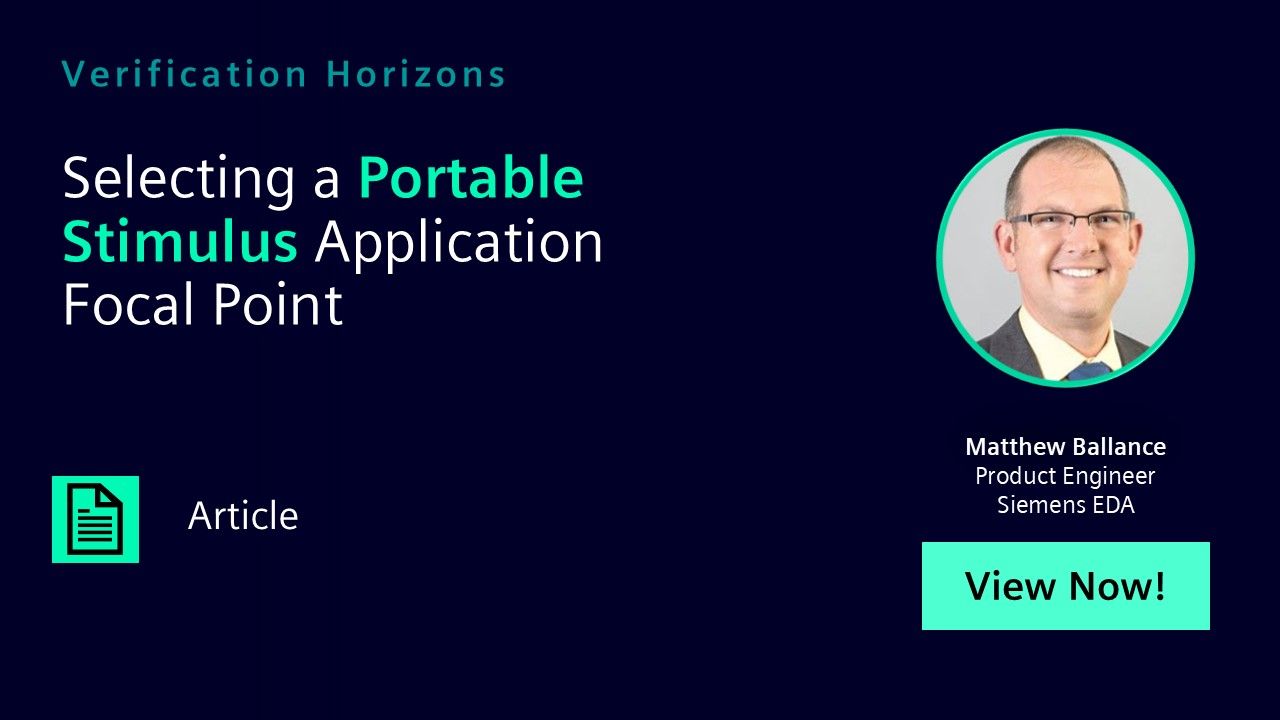
Selecting a Portable Stimulus Application Focal Point
Article - Feb 25, 2019 by Matthew Ballance
As designs, especially System on Chip designs, have become more complex, the need for generated good, automated stimulus across the verification spectrum has increased. Today, the need for verification reuse and automated stimulus is clearly seen from block to subsystem to SoC-level verification.
-
Choosing a Format for the Portable Stimulus Specification
Resource (Paper (.PDF)) - Feb 22, 2019 by Matthew Ballance
This white paper discusses portable stimulus, the industry’s solution for verification portability up and down the design hierarchy and across platforms.
-
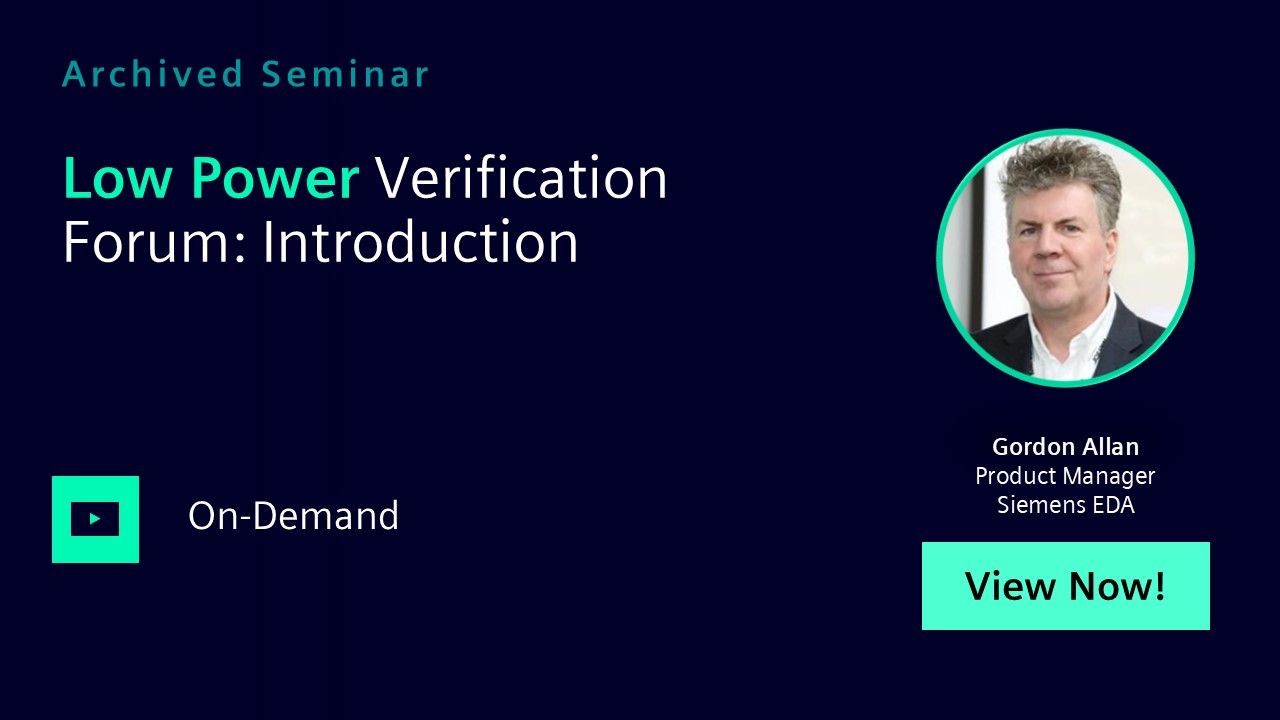
Low Power Verification Forum
Webinar - Feb 05, 2019 by Gordon Allan
In this session, you will be introduced to new and unique low power coverage methodologies that enable designers to verify and track how well they have tested their power management architecture.
-

Industry Advancements Required to Close the Power Management Verification Gap
Webinar - Jan 28, 2019 by Sriram Hariharan
In this session, you will learn how Qualcomm overcomes their power verification challenges and how they utilize power aware verification techniques.
-
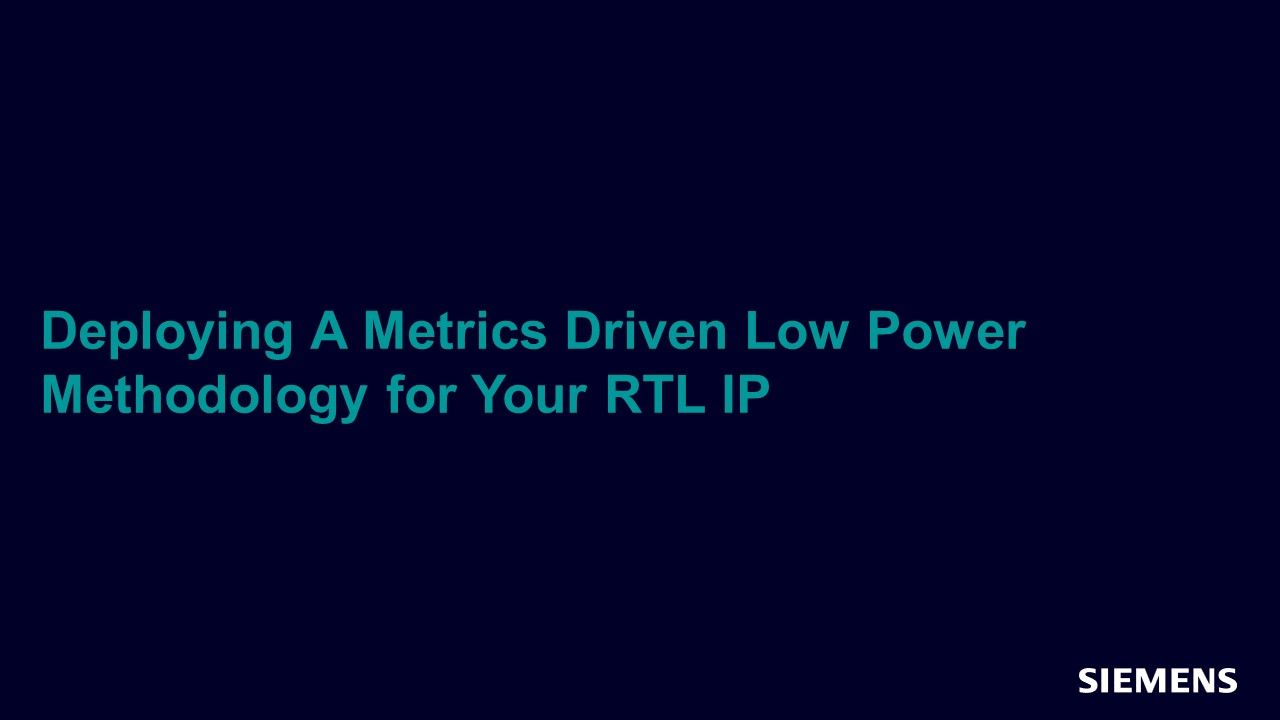
Deploying A Metrics Driven Low Power Methodology for Your RTL IP
Webinar - Jan 28, 2019 by Qazi Ahmed
In this session, you will learn how PowerPro is a single solution for RTL audit, power optimization, estimation and exploration.